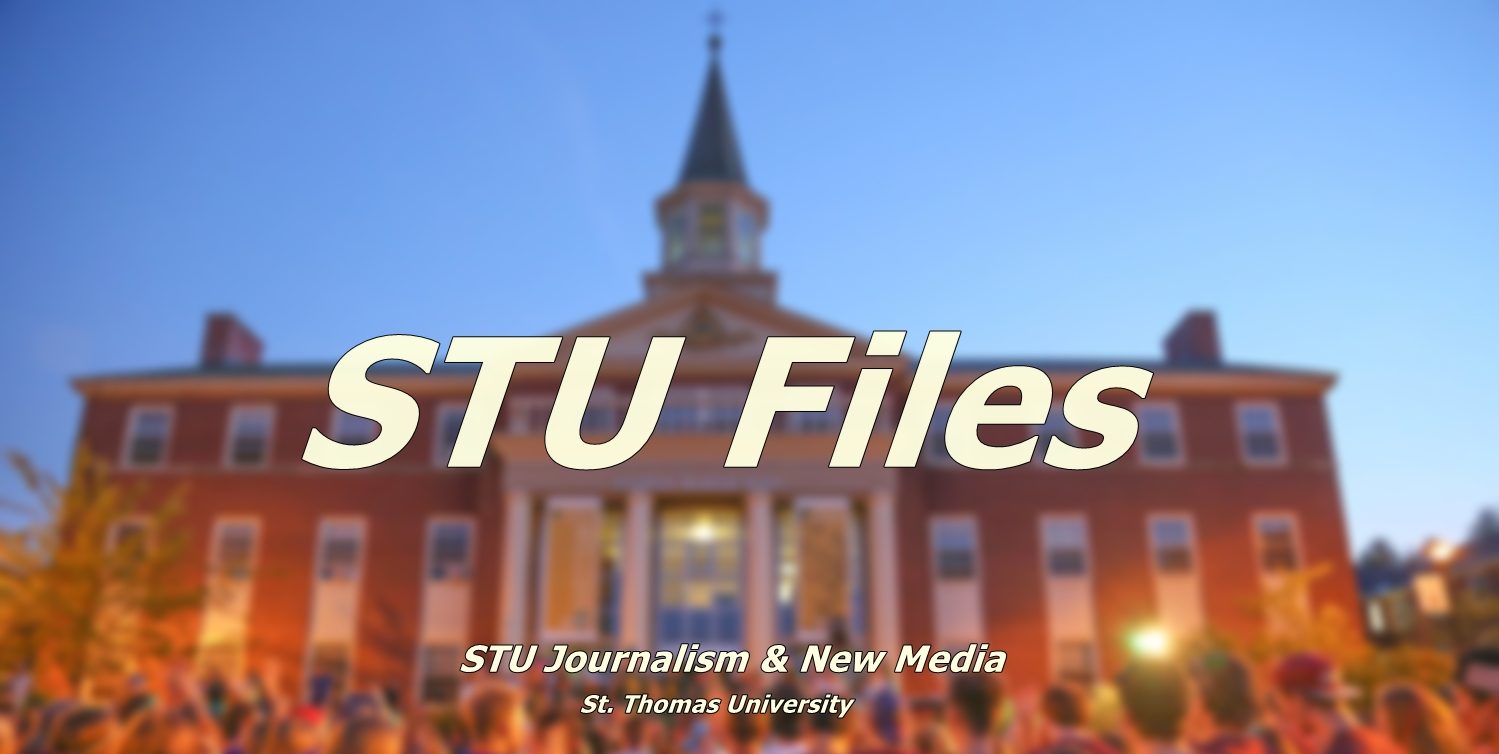Lead Contamination in Hyla Park
Hyla Park Nature Preserve is owned by the City of Fredericton and has been leased by the Nature Trust of New Brunswick since 1995.
The Nature Trust is a charitable land conservation organization that focuses on conserving and stewarding private land. They have been advocating for the City of Fredericton to take immediate action to protect the nature preserve. Hyla was the first Amphibian Park in Canada nominated by National Geographic. The park is home to the gray tree frog (Hyla versicolor) and the Nature Trust entered into a lease agreement with the City of Fredericton in 1995 for the purpose of protecting and preserving the gray tree frog and its habitat for future generations.

This ecologically significant area has been found to contain high levels of lead, arsenic, cadmium, copper, and zinc. The park has a complex and long-standing history of human intervention. The park has historically been used for agricultural purposes, a race track, a dumping ground, and in 1991 a company called American Iron and Metal purchased the adjacent property and it is not yet known the extent of their impact on Hyla Park.
In 2016, the Nature Trust learned of the contamination after a study conducted by students from the University of New Brunswick. There was immediate discussion with the City of Fredericton and Environment & Local Government to put pressure on the American Iron and Metal Company to clean-up.
In 2017, Santec was hired by the city of Fredericton to test and analyze student results. At this time Santec determined that this was not a threat to the public but more studies were recommended. Further studies have been conducted since, and it has been found that some lead concentrations in the park were more than 600 times above the national guidelines.
Renata Woodward, CEO of The Nature Trust of New Brunswick, says she is concerned about the future of the Nature Preserve. Although the exact effects of the lead contamination on wildlife are still unknown she says it is not hard to imagine the chain of effects that the contamination is having on the various wildlife that live in the park.

“It is likely that the invertebrates are moving around the wetland, which means that in areas where the contaminant levels are not as high, there could still be invertebrates that wildlife eat with high levels of heavy metals,” said Renata. Studies have indicated that the Mercury levels were higher in predatory invertebrates than herbivorous. Renata says that “bioaccumulation in aquatic invertebrates within Hyla Park and the surrounding wetland may pose a risk to higher trophic level organisms like ducks, frogs, etc.” High levels of these metals can result in health problems for wildlife: neurological problems, reproductive deficiencies and behaviour changes.
The Nature Trust is asking that the City of Fredericton follows Santec’s recommendations from 2017. Stantec would like PCB, PAH, and PHB levels to be checked. The Nature Trust is urging the City to follow up on this investigation. The Nature Trust also wants to ensure that all users are informed about the potential risks through proper signage, information on signage, and during usage of the preserve. Based on the findings to date, further assessment is required as per the New Brunswick Guidelines for the Management of Contaminated Sites to address the identified potential human health and ecological concerns for metals.
Renata Woodward and Cheyenne Currie, the Acting Communications and Engagement Manager of the Nature Trust, both feel that action should be taken now so that it doesn’t become another issue for future generations to deal with. They say that now that we are aware of the issue, we cannot turn a blind eye and we need to do better.

